
Daniel Freedman, PhD, of MIT, gave clinical commentary on how Openwater’s Open-LIFU enables new research into conscious perception and potential clinical applications for conditions like pain and depression.

Daniel Freedman, PhD, of MIT, gave clinical commentary on how Openwater’s Open-LIFU enables new research into conscious perception and potential clinical applications for conditions like pain and depression.

Donanemab has received a positive opinion from the European Medicines Agency’s CHMP for the treatment of early symptomatic Alzheimer disease, bringing Eli Lilly’s anti-amyloid therapy one step closer to approval in the European Union.

Yang Liu, PhD, co-founder, CEO, and chief scientific officer of OncoC4, provided commentary on the rationale and promising preclinical data behind ONC-841, a novel anti-SIGLEC10 antibody targeting amyloid and tau in Alzheimer disease.

Vertex Pharmaceuticals halts VX-993 development for acute pain after phase 2 trial shows no significant efficacy compared with placebo.

At AAIC 2025, the head of AD, MS and Immunology Development Units at Biogen discussed ongoing research efforts targeting tau pathology in AD, specifically the company's investigational candidate BIIB080. [WATCH TIME: 6 minutes]

Gabrielle Macaron, MD, assistant professor of neuroscience at Université de Montréal, discussed the nuanced clinical decision-making involved in initiating a DMT for patients newly diagnosed with MS.
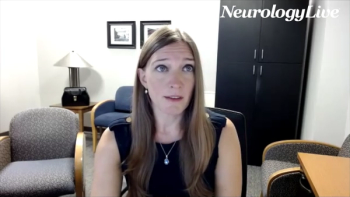
The neurologist at Duke Health provided insights on how chronic demyelinating inflammatory polyneuropathy treatment is evolving toward biomarker-driven, personalized approaches at the 2025 Carolina Neuromuscular Summit. [WATCH TIME: 2 minutes]
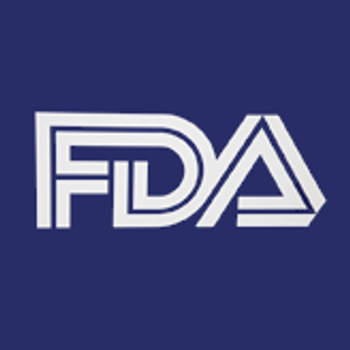
Teva's fremanezumab gains FDA approval for pediatric migraine prevention, offering a vital treatment option for children aged 6-17.
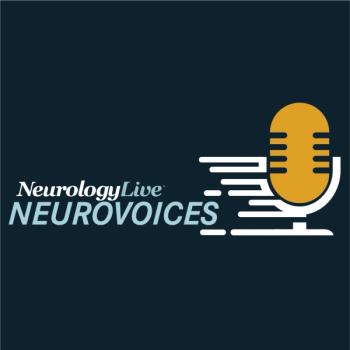
The chief scientific officer at Alzheon discussed the mechanism of valiltramiprosate and new data on toxic amyloid oligomers presented at the recently concluded Alzheimer’s Association International Conference.
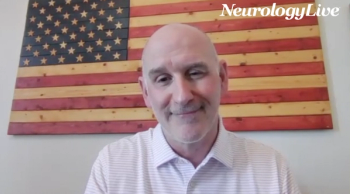
The Harold I. Nemuth Chair in Neurological Disorders at Virginia Commonwealth University discussed new data supporting the potential of GLP-1 RAs as a non-surgical option for idiopathic intracranial hypertension. [WATCH TIME: 3 minutes]

New findings reveal the promising efficacy and safety of a subcutaneous lecanemab autoinjector for early Alzheimer disease treatment, enhancing patient care.
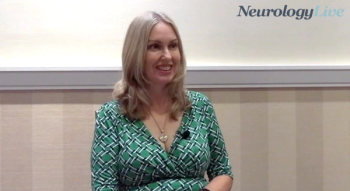
The advisory board member of the Parkinson's Foundation shared personal insights on how love, present-moment awareness, and hope shaped her approach to living with the Parkinson disease. [WATCH TIME: 6 minutes]

At CMSC 2025, Cassandra Moore, MPH, CPH, associate vice president of strategy and innovation at the National MS Society, discussed the impact of health and wellness coaching in patients with multiple sclerosis.

The professor of molecular neurology at the University of Cambridge highlighted recent research on tau protein aggregation in Alzheimer disease and other related tauopathies. [WATCH TIME: 6 minutes]

A real-world study reveals lecanemab's effectiveness in early Alzheimer's, showing stability or improvement in 83.6% of patients after two years.

Data presented at AAIC 2025 from a phase 2 study suggest that ABvac40 may slow cognitive decline in patients with Alzheimer disease, particularly among those who developed higher antibody levels.
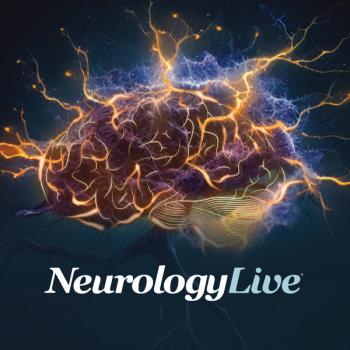
UCB's bepranemab shows promise in slowing tau accumulation in early Alzheimer disease, marking an advancement in tau-targeted therapies.

The director of neurosurgical pain division at Allegheny General Hospital highlighted the push to intervene earlier with neurosurgical treatments for chronic pain, including diabetic neuropathy. [WATCH TIME: 4 minutes]

Here's some of what is coming soon to NeurologyLive® this week.

The Emeritus Professor of Cognitive Neurology at VU University Medical Center talked about findings presented at AAIC 2025 from the phase 3 BROADWAY trial of obicetrapib in Alzheimer disease. [WATCH TIME: 3 minutes]

A groundbreaking phase 2 study evaluates PRI-002's potential to treat mild Alzheimer symptoms, aiming for significant safety and efficacy insights by 2026.

Test your neurology knowledge with NeurologyLive®'s weekly quiz series, featuring questions on a variety of clinical and historical neurology topics. This week's topic is on anti-amyloid treatments for Alzheimer disease.

Valiltramiprosate shows promising effects on brain structure and cognitive function in early Alzheimer disease, highlighting its potential for MCI treatment.
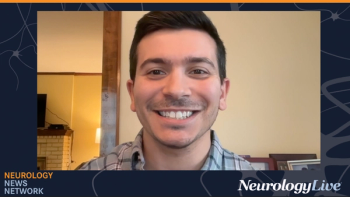
Neurology News Network. for the week ending August 2, 2025. [WATCH TIME: 4 minutes]

Take 5 minutes to catch up on NeurologyLive®'s highlights from the week ending August 1, 2025.

Roche's Elecsys pTau181 blood test gains CE Mark, enhancing early Alzheimer’s diagnosis and improving patient outcomes across the European Union.

The chief development officer at Spinogenix shared initial results from the first cohort of the company’s phase 2 trial assessing SPG302 in Alzheimer disease presented at AAIC 2025. [WATCH TIME: 6 minutes]

Incannex's IHL-42X shows promising results in treating obstructive sleep apnea, demonstrating significant improvements in key metrics and a strong safety profile.

New phase 2 data reveals AR1001's potential as a cognitive enhancer and disease-modifying therapy for mild to moderate Alzheimer's disease.

New data reveals lecanemab's long-term benefits for early Alzheimer's patients, showcasing improved cognitive outcomes and promising safety profiles over four years.